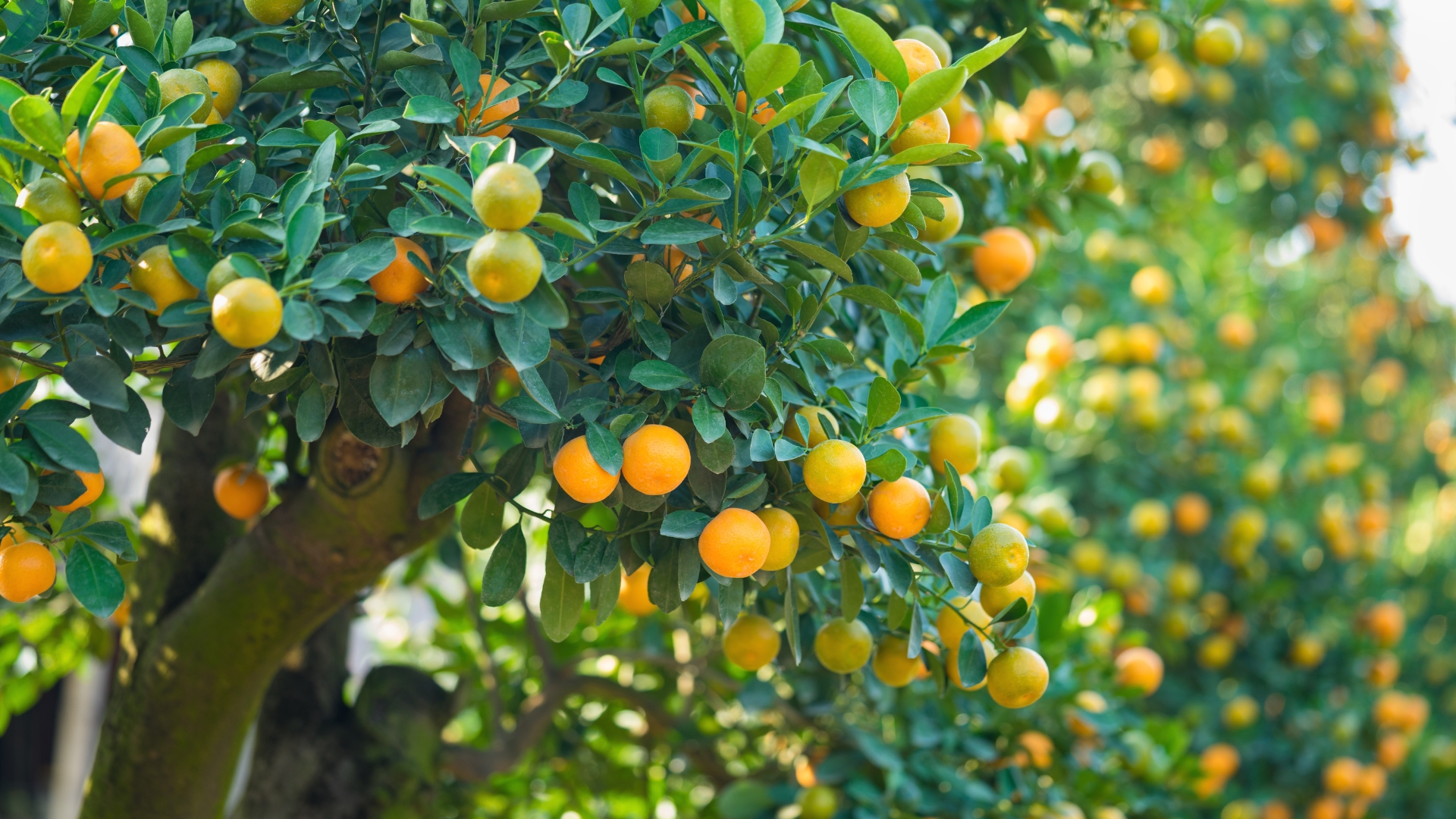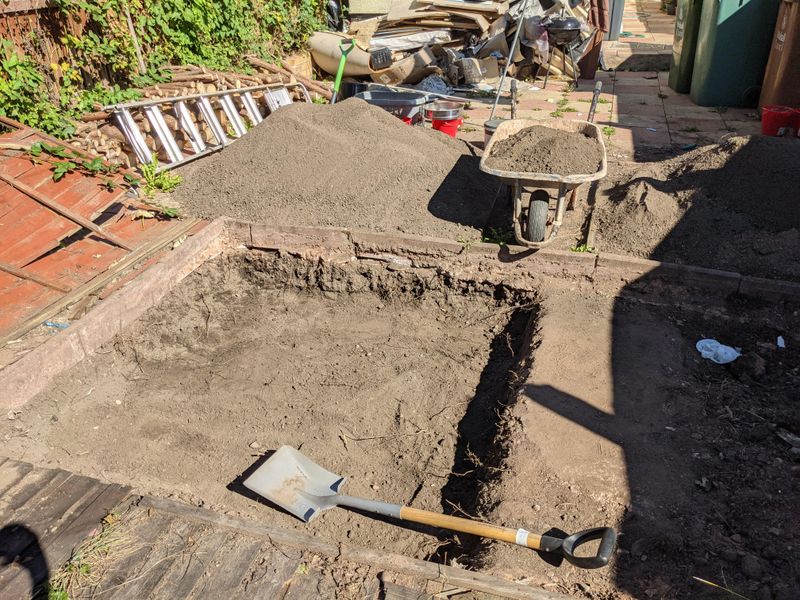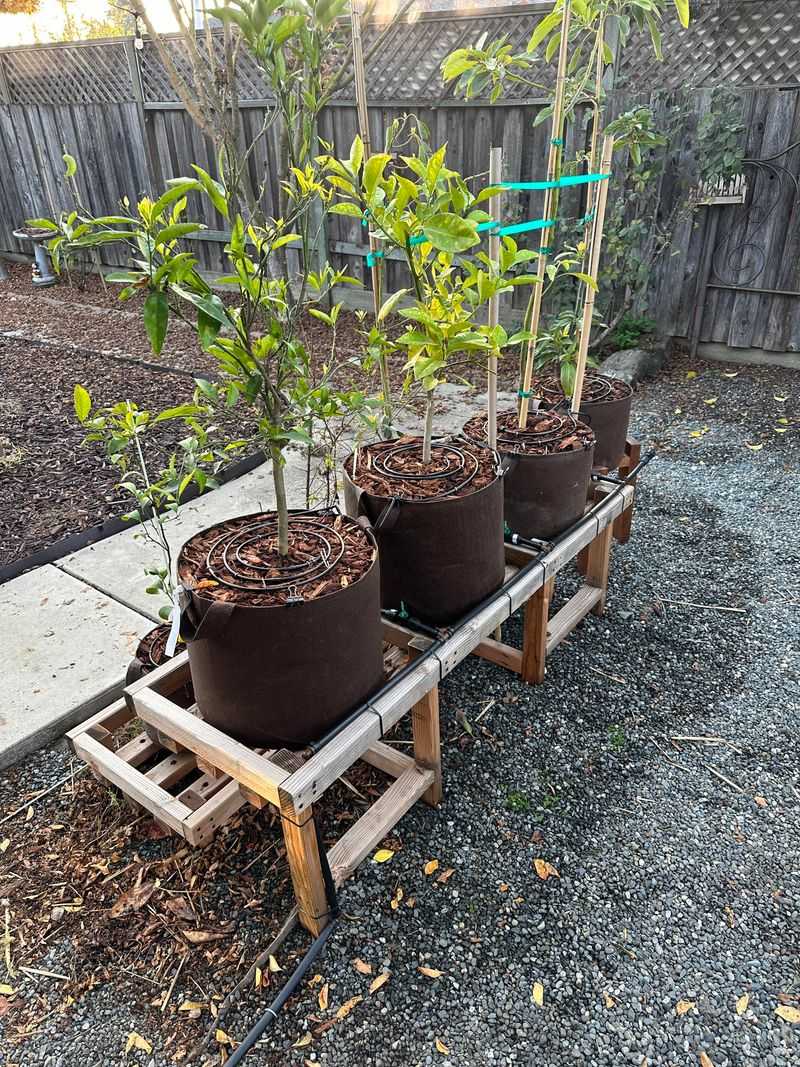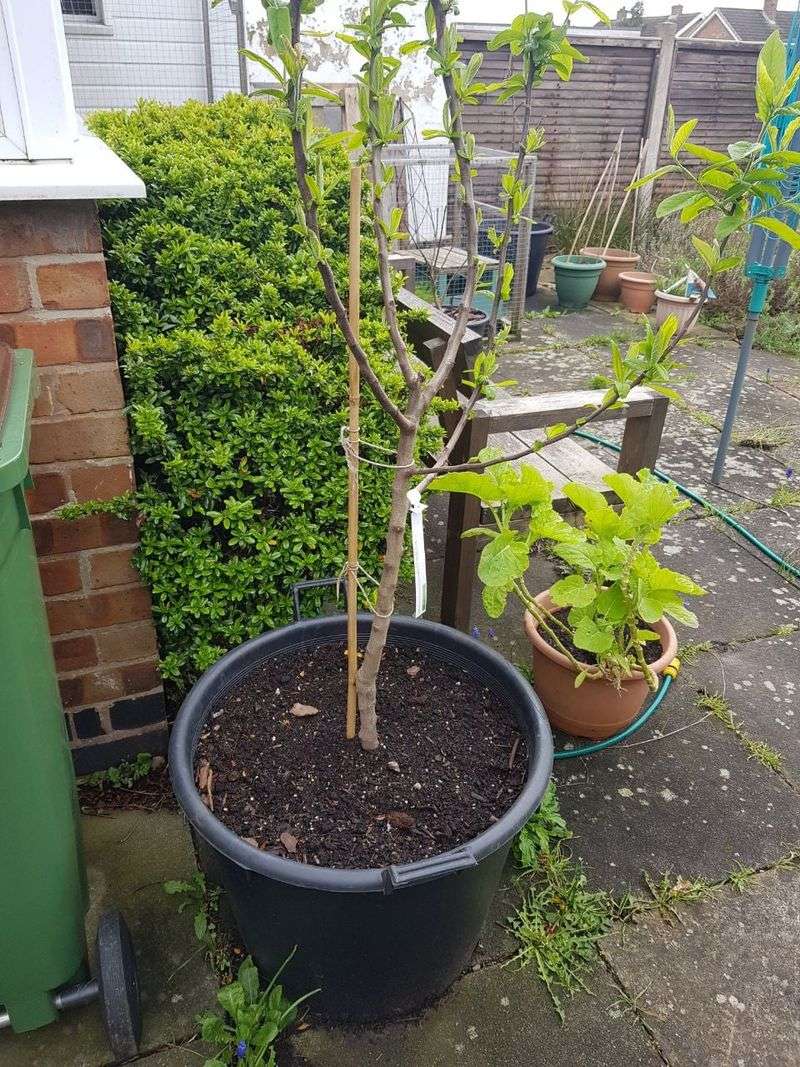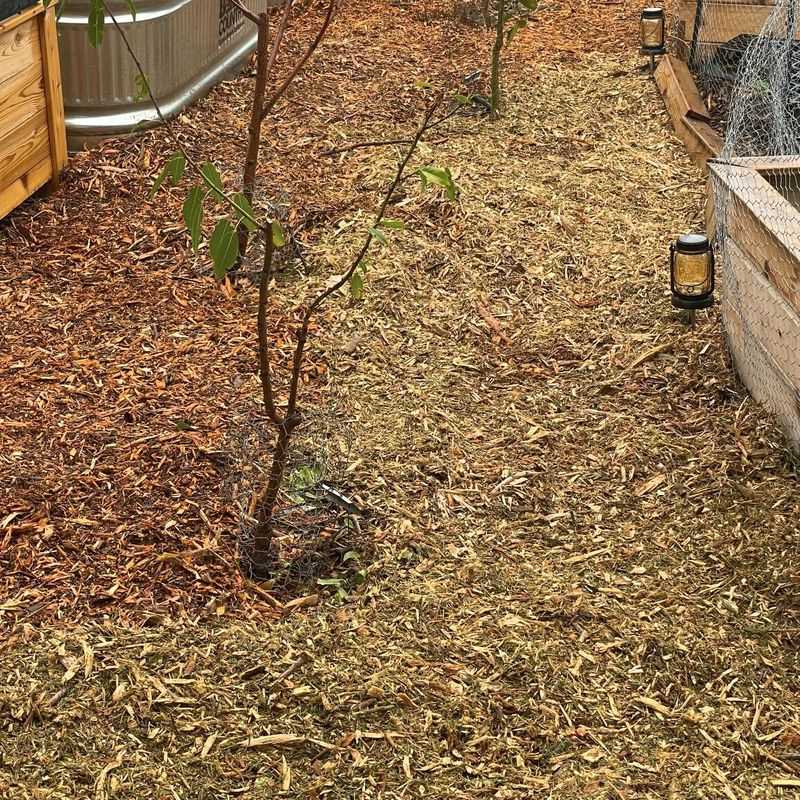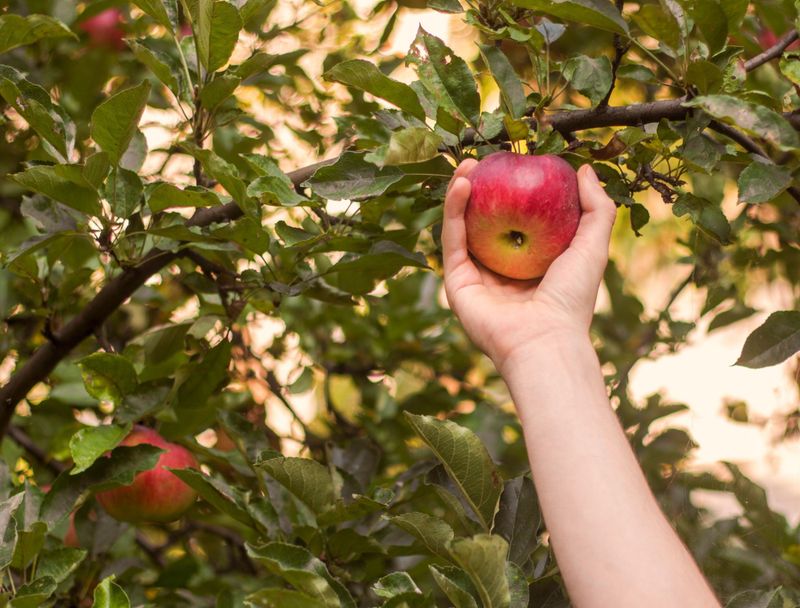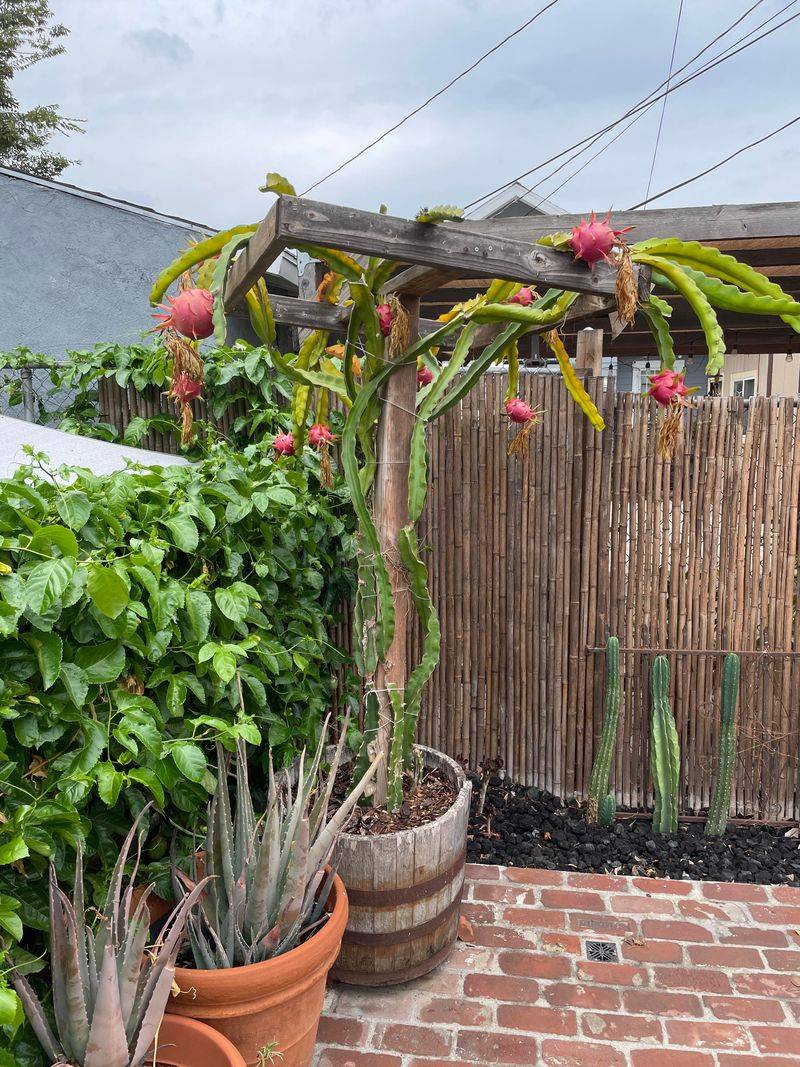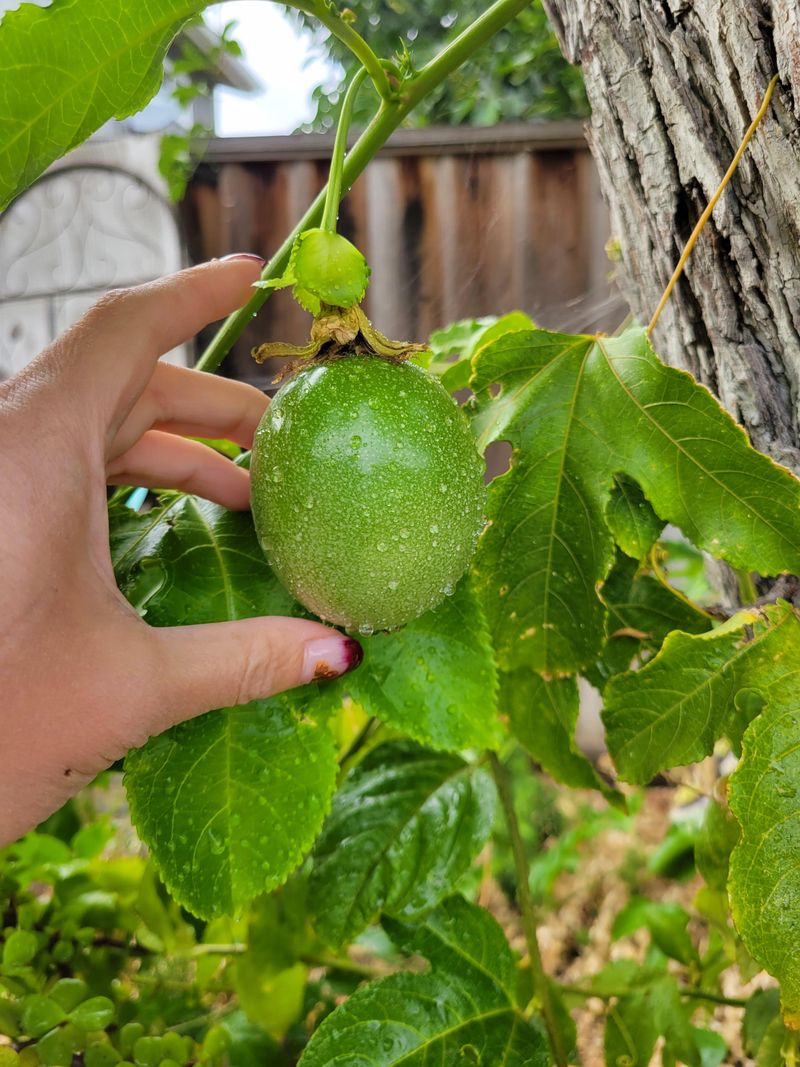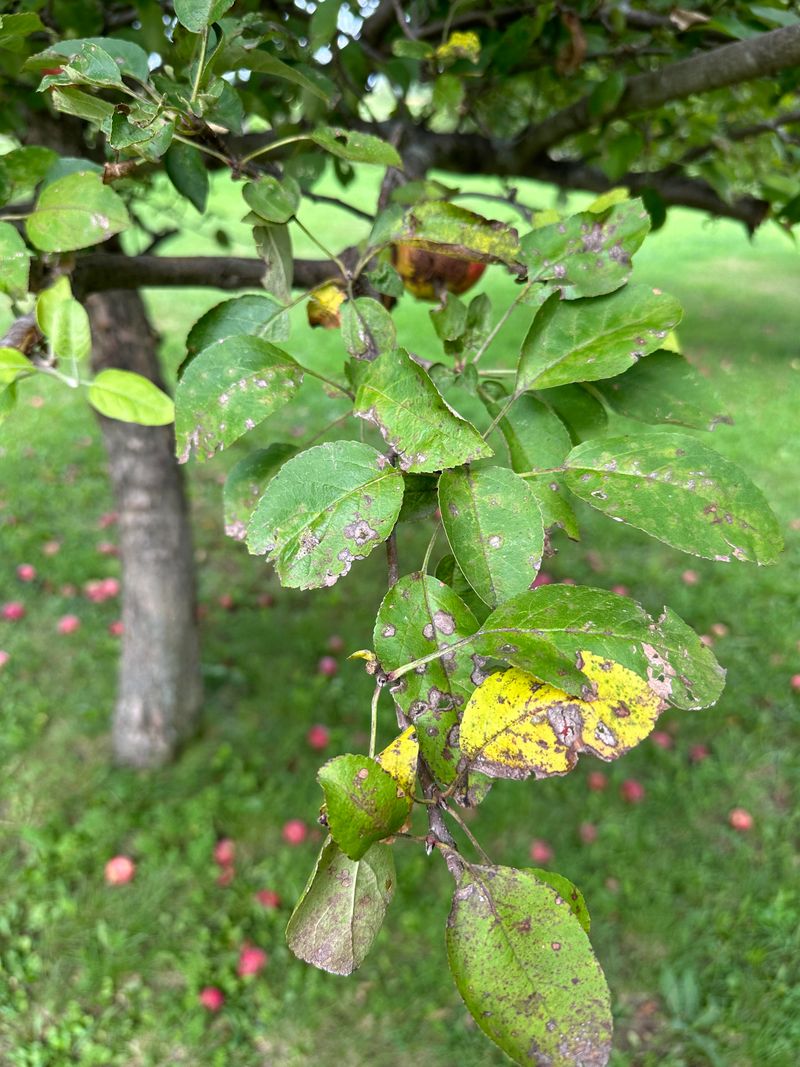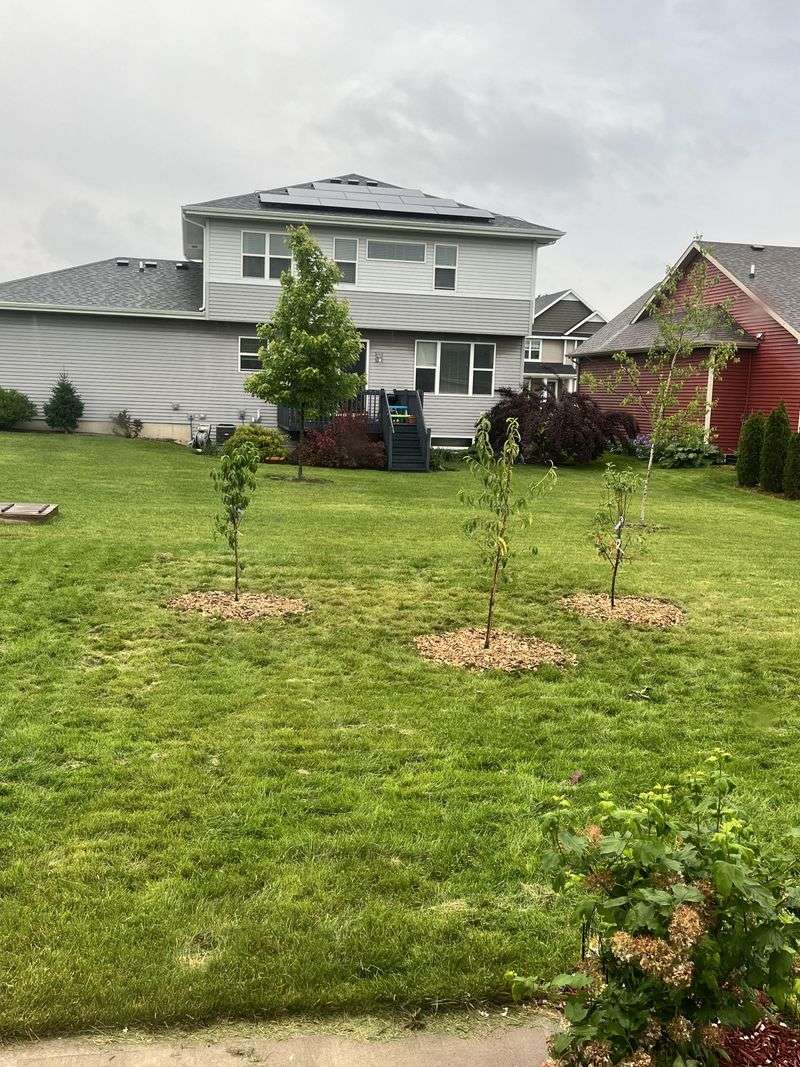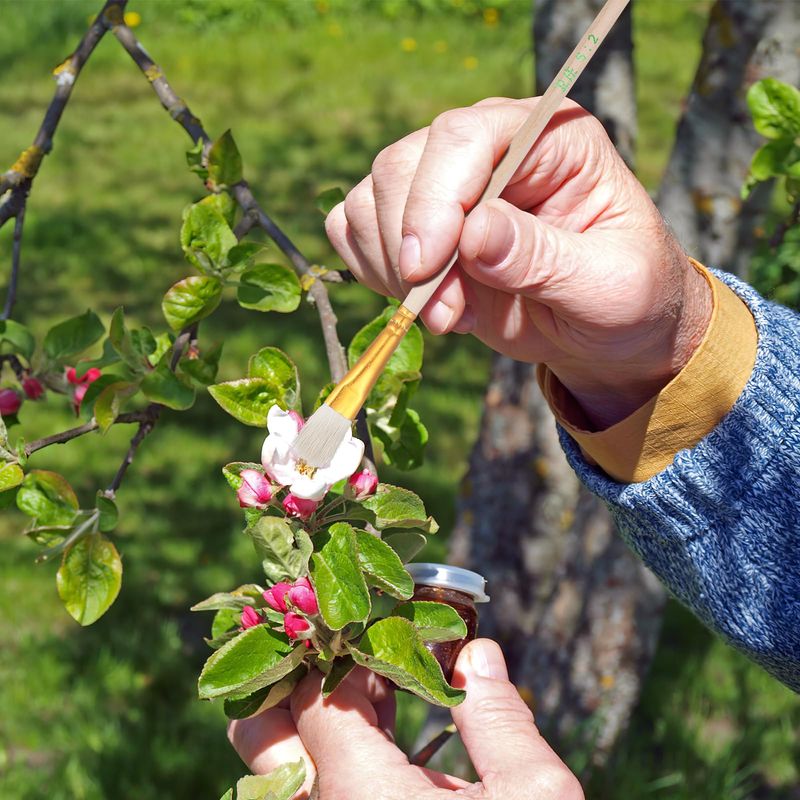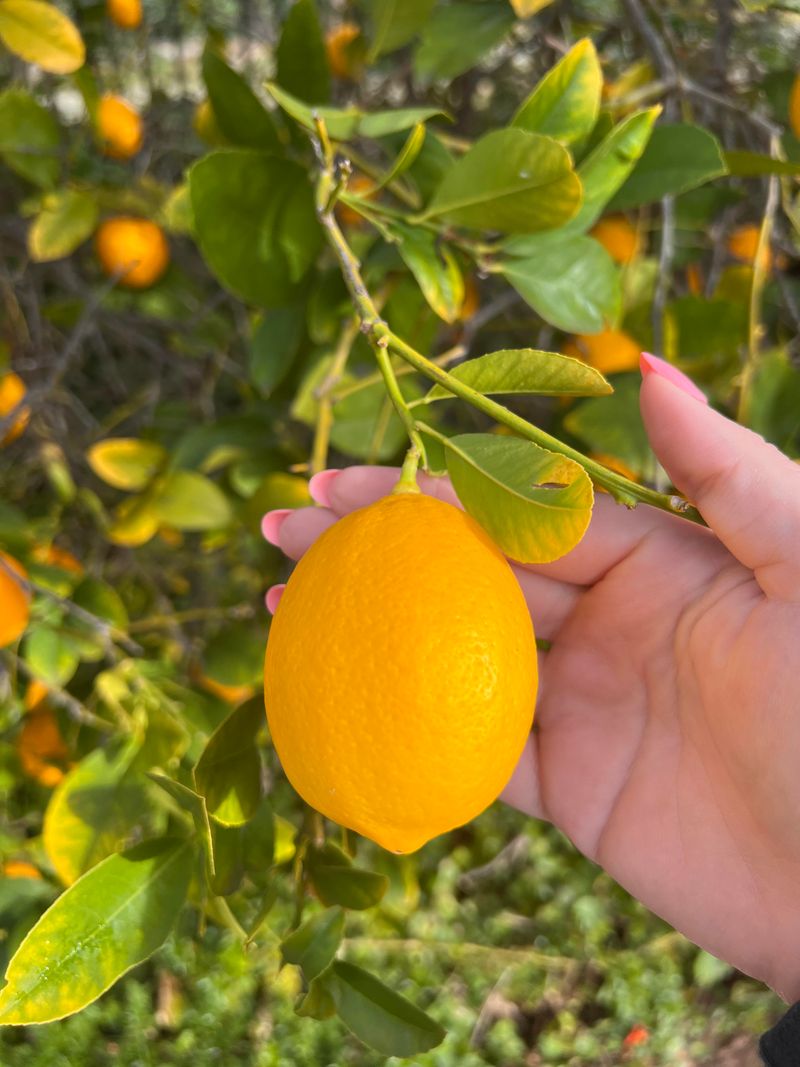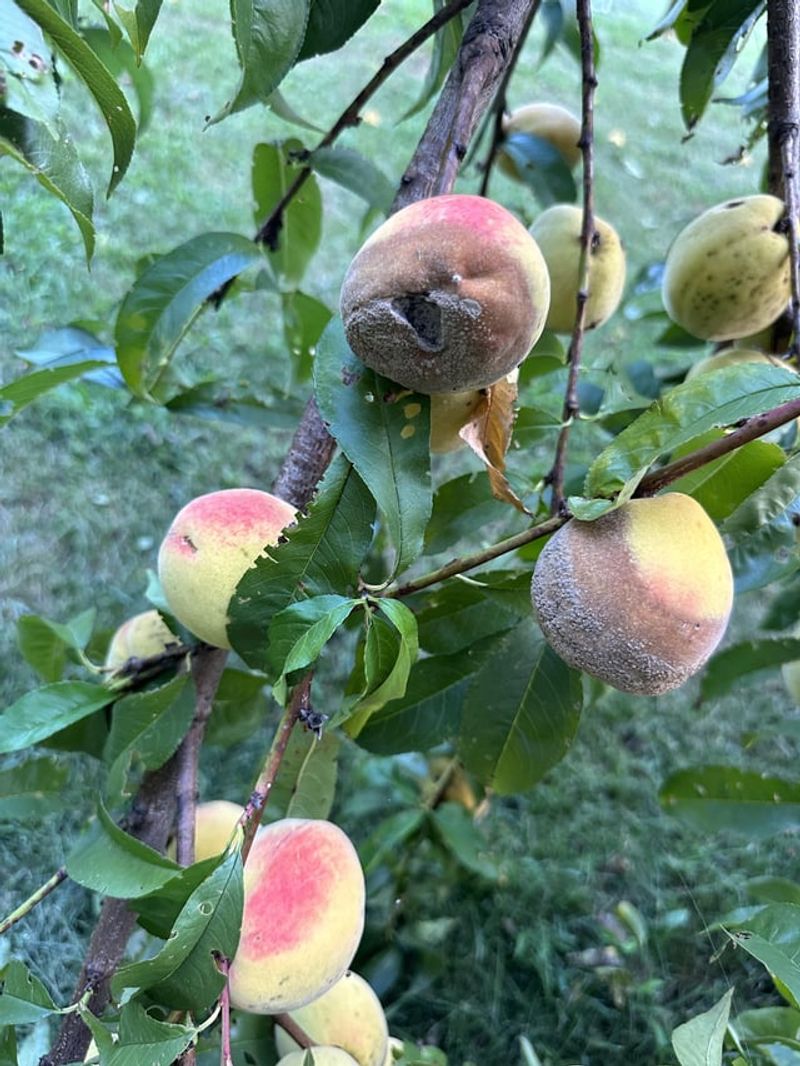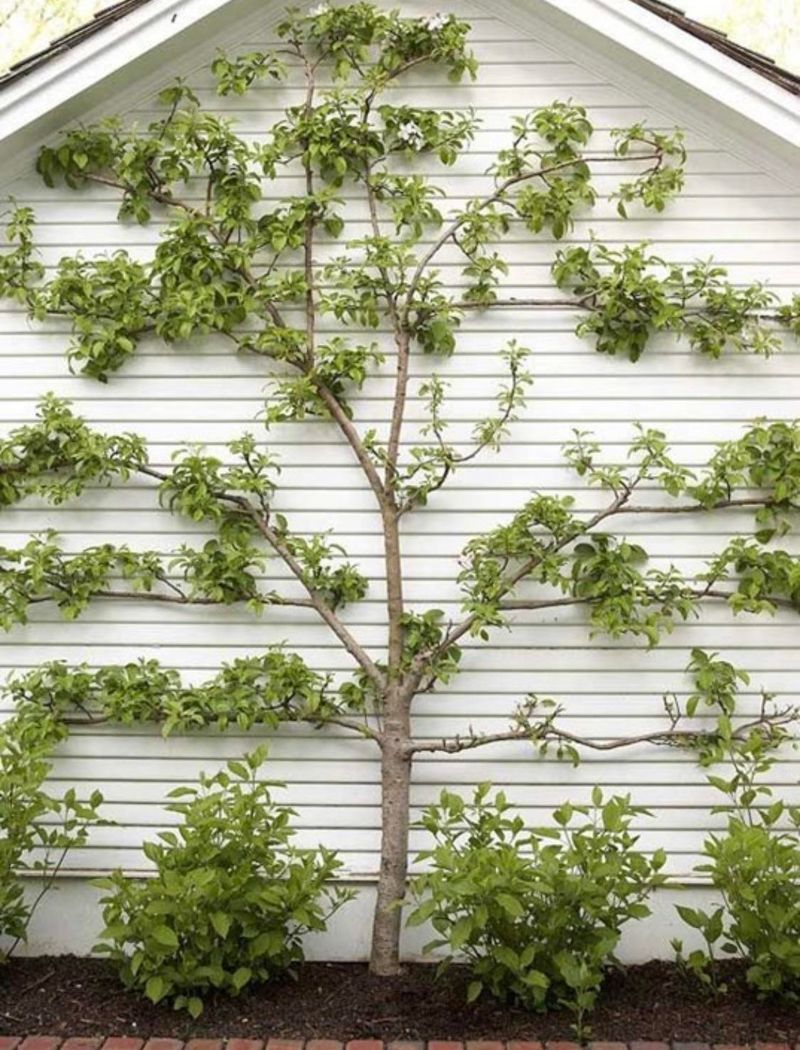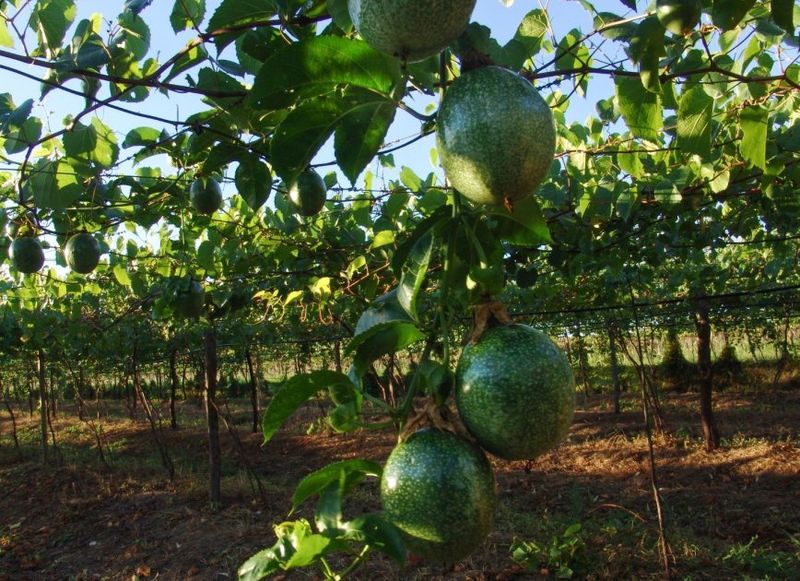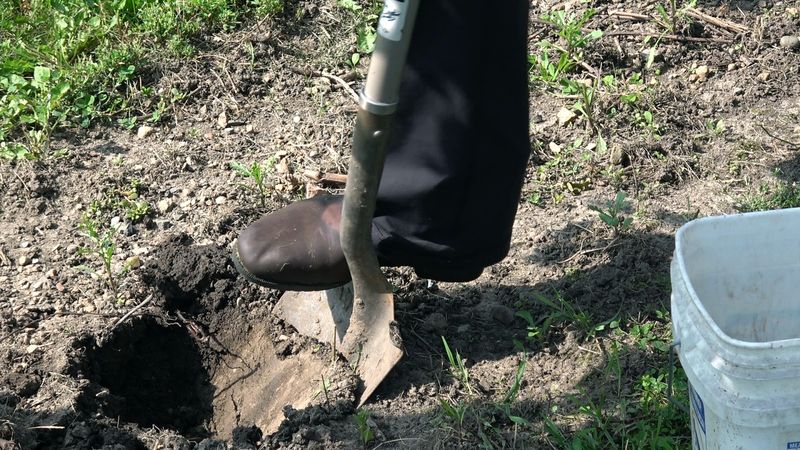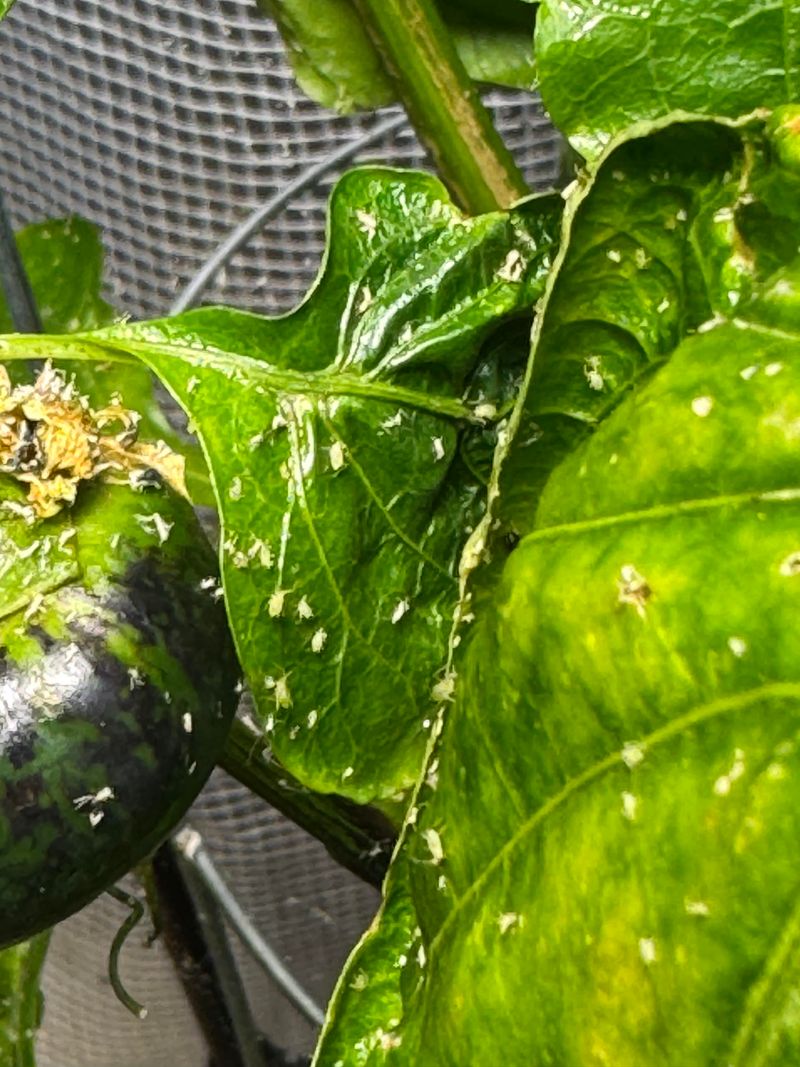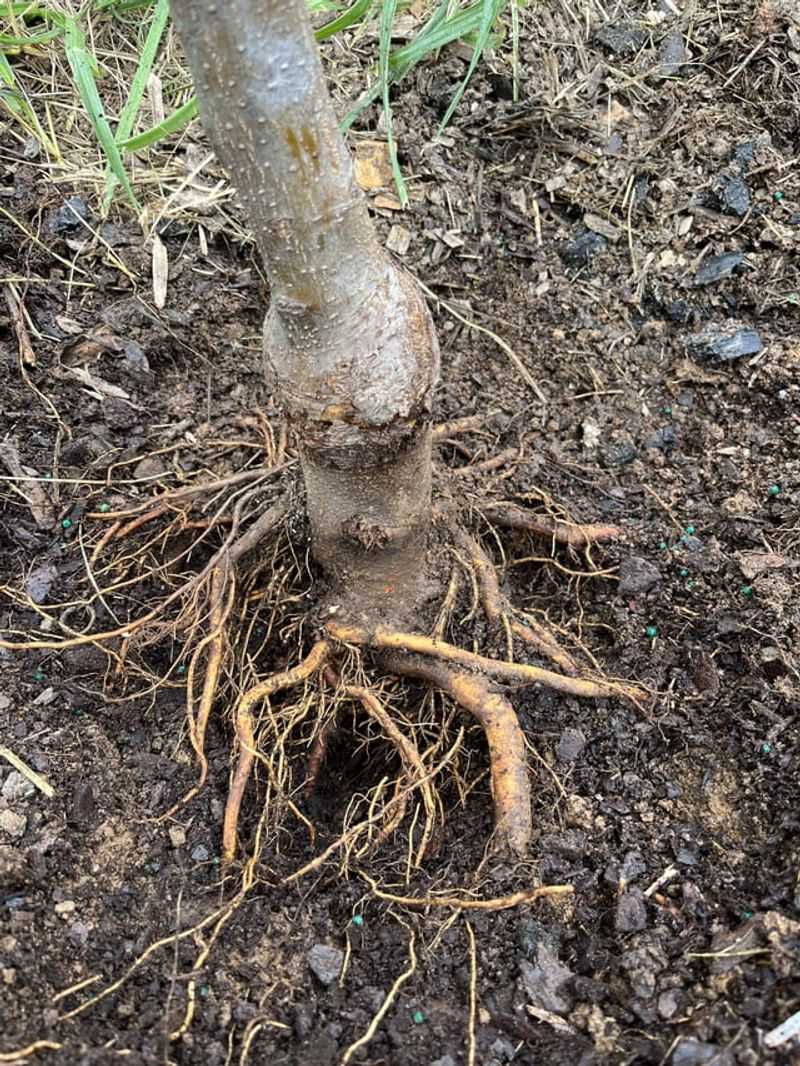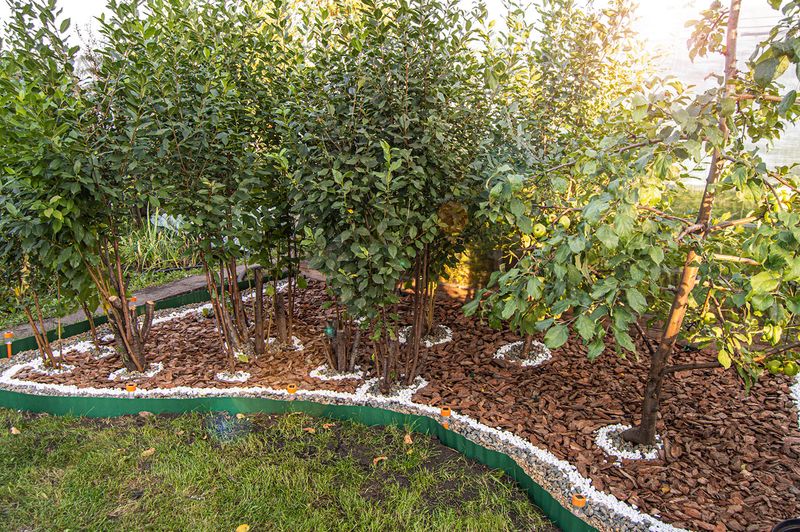Gardening can be a rewarding hobby, especially when it comes to growing fruits. Whether you’re a seasoned gardener or just starting, finding effective ways to boost fruit growth and productivity is always exciting. With these 24 tricks, ranging from soil care to innovative watering techniques, you’ll have a bounty of delicious fruits in no time. The following tips offer a blend of traditional wisdom and modern insights to ensure your garden becomes a thriving oasis of fruitfulness. Ready to transform your garden?
1. Soil Enrichment
Think of compost as the ultimate soil fashionista. It enriches the earth, feeding those hungry fruit plants with all the nutrients they crave.
By mixing in organic compost, you’re essentially rolling out a nutrient-rich carpet for the roots to explore. This isn’t just any old fashion statement; it’s a vital boost for growth.
With every handful of compost, you’re whispering sweet encouragement to the soil, helping it breathe and thrive. A well-dressed soil means vibrant, luscious fruits, eagerly racing to ripen and delight your taste buds.
2. Proper Watering Techniques
Too much water and your fruits could drown; too little and they might thirst for life. Mastering the art of watering is like finding the perfect balance in a dance routine.
Drip irrigation systems can be your best partner in this dance. They provide precise hydration, ensuring fruits are juicy but not waterlogged. As you watch those fruits swell with health, you’ll know it’s not just luck; it’s the rhythm of careful, considerate watering that brings them to life.
3. Pruning for Productivity
Pruning is the gentle hand that shapes future of your fruit trees. By removing dead or overcrowded branches, you open up a world of possibilities for sunlight and air to dance through the leaves.
This isn’t just about aesthetics; it’s about encouraging robust growth and more fruitful harvests. With every snip, you’re telling the tree it can focus on what matters most – producing delicious fruits.
It’s an art form that requires precision, patience, and a keen eye for what’s possible.
4. Companion Planting
In the world of gardening, friends make all the difference. Companion planting is like throwing a garden party where every guest gets along famously.
By choosing the right plants to grow together, you’re creating an ecosystem where everyone thrives. Some companions, like marigolds and nasturtiums, deter pests, while others, like beans, enrich the soil with nitrogen.
This harmonious community not only boosts fruit growth but also adds a splash of color and diversity to your garden. It’s a social scene where plants harmonize, support, and protect each other, leading to a fruitful outcome.
5. Mulching Magic
Think of mulch as the cozy blanket your fruit plants need to snuggle up under. It retains moisture, suppresses weeds, and regulates temperature, creating the perfect environment for growth.
As you spread that layer of mulch, you’re wrapping your plants in a protective embrace that nurtures their development. This isn’t just garden maintenance; it’s a ritual of care that shows your plants you value their well-being.
With mulch in place, fruits feel secure and ready to grow, knowing they’re shielded from the harshness of the elements.
6. Organic Pest Control
Organic pest control is your secret weapon in a garden battle, keeping harmful insects at bay without the use of harsh chemicals. By employing solutions like neem oil or introducing beneficial insects like ladybugs, you create a balanced ecosystem.
The fruits appreciate this organic approach, knowing they’re protected in a way that’s gentle yet effective. It’s a win-win situation: pests are deterred, and fruits grow without the fear of being devoured.
7. Sunlight Optimization
Have you ever watched plants bask in the sun’s warm embrace? That’s their way of soaking up life’s essential energy.
By strategically positioning your fruit plants to catch the optimal sunlight, you’re giving them a gift that keeps on giving. Sunlight fuels photosynthesis, the magic process that powers growth and productivity. Each sunbeam is a gentle caress, urging fruits to grow plump and sweet.
With sunlight optimization, your garden becomes a stage where fruits perform their natural dance, reaching for the sun and thriving with each luminous embrace.
8. Supportive Structures
Supportive structures like trellises and stakes are fruit trees’ safety nets, guiding them as they ascend. These structures do more than just hold plants up; they encourage air circulation, prevent diseases, and make harvesting easier.
With each twist and turn around a trellis, your plants gain the confidence to produce more fruits. It’s a partnership where the structure provides stability, and the plant rewards you with a bounty of delicious offerings.
9. Regular Feeding
Ever thought about how plants enjoy a good feast just like us? Regular feeding with fertilizers is their banquet, providing the essential nutrients needed to thrive.
Whether it’s organic compost or slow-release granules, these nutrients fuel the growth process. Regular feeding keeps fruit plants healthy, vibrant, and productive.
Imagine the satisfaction of watching them grow stronger with each feeding, like a renewable source of energy. It’s not just about growth; it’s about nurturing a bond with your garden, where every meal leads to a fruitful reward.
10. Seasonal Care Adjustments
Adjusting care techniques to match seasonal changes is like tailoring a suit to fit perfectly. Whether it’s watering more in the summer or protecting against frost in winter, these adjustments ensure your fruits get what they need when they need it.
It’s a dance of adaptation, where each step aligns with nature’s rhythm. By paying attention to the seasons, you’re not just growing fruits; you’re cultivating a responsive relationship that thrives throughout the year.
11. Proper Spacing
Have you ever felt cramped in a crowded room? Plants feel the same way when they’re too close together. Proper spacing is key to ensuring each fruit plant has room to breathe, grow, and thrive.
By measuring and planning your planting layout, you give each plant the space it needs to absorb sunlight and nutrients without competition. This thoughtful planning leads to healthier plants and a more bountiful harvest.
12. Pollination Enhancement
Pollinators like bees and butterflies play a key role in helping your garden thrive. By planting flowers that attract them, you’re encouraging pollination, which directly leads to better fruit production and higher yields.
Supporting these helpful insects creates a healthier, more productive garden—one where flowers are more likely to turn into fruit. It’s a simple, effective partnership that benefits both your plants and the pollinators.
13. Strategic Harvesting
Have you ever wondered when the perfect moment to harvest your fruits is? Strategic harvesting is the art of picking fruits at their peak ripeness, ensuring the best flavor and quality.
By paying attention to color, texture, and firmness, you can determine when each fruit is ready to be picked. This careful timing not only enhances taste but also encourages the plant to produce more.
It’s a rewarding process that celebrates the culmination of your hard work, where each harvested fruit is a testament to your dedication and care.
14. Disease Prevention
Preventing disease in your garden means staying ahead of potential problems. Regularly checking your plants for signs of illness allows you to catch issues early and take action.
Strategies like crop rotation, choosing disease-resistant varieties, and keeping your garden clean all help protect your plants.
This proactive approach keeps your garden healthy and productive, reducing the risk of serious damage to your fruits and vegetables.
15. Innovative Pruning Techniques
Pruning is more than just cutting back branches—it’s a way to shape your plants and improve fruit production. Advanced techniques like espalier and topiary go beyond basic maintenance, offering creative ways to manage growth and maximize yield.
These methods help control plant size, improve airflow, and direct energy where it’s needed most. By using innovative pruning approaches, you’re not only keeping your garden tidy but also setting it up for a healthier, more productive future.
16. Temperature Management
Temperature management helps create a stable environment for your plants, no matter the weather. Tools like shade cloths can protect against intense sun, while heaters or covers can prevent frost damage during cold snaps.
These adjustments help maintain ideal growing conditions, allowing fruits to develop properly. By paying attention to temperature changes and responding quickly, you give your garden the best chance to stay healthy and productive throughout the season.
17. Soil Testing
Curious about what’s really going on beneath the surface of your garden? Soil testing reveals essential information about pH levels and nutrient content, helping you understand exactly what your plants need to thrive.
With this knowledge, you can adjust your care—whether it’s fertilizing, balancing pH, or improving soil structure—to create the ideal environment for fruit production.
18. Plant Diversity
Planting a variety of fruits helps create a healthy, balanced garden. Different species support one another by attracting beneficial insects, improving pollination, and reducing the risk of pests and disease. This diversity strengthens your garden’s ecosystem and can lead to better yields overall.
By mixing fruit types, you’re not just adding visual interest—you’re building a more resilient and productive growing space that works with nature to deliver a rich, rewarding harvest.
19. Water Conservation
Water conservation isn’t just good for the environment—it’s smart gardening. Collecting rainwater in barrels gives you a free, chemical-free water source, especially useful during dry spells.
Pair that with efficient systems like drip irrigation or soaker hoses, and you’ll deliver water directly to plant roots where it’s needed most—no waste, no runoff. Mulching around your plants also helps retain moisture and reduce evaporation.
These simple strategies cut down on water use, lower your bills, and keep your garden thriving, even in tough weather. Sustainable, efficient, and effective—that’s how you grow more with less.
20. Pest Monitoring
Pest monitoring is all about staying one step ahead. By regularly checking your plants and using simple tools like sticky traps or pheromone lures, you can catch early signs of trouble—before pests have a chance to spread.
Look for signs like chewed leaves, discolored spots, or tiny bugs under foliage. Early detection means faster, more targeted treatment and fewer chemicals overall. This kind of routine monitoring helps protect your fruits from damage, keeps your garden in balance, and ensures healthier plants all season long.
21. Root Care
Healthy roots are the foundation of a productive garden—even if you can’t see them. Root care starts with well-aerated soil, which helps oxygen, water, and nutrients reach where they’re needed most.
Avoid compacting the soil, and consider adding organic matter like compost to improve structure and drainage. Deep, occasional watering encourages roots to grow down rather than stay shallow. Providing balanced nutrients also keeps the root system strong.
When roots are healthy, your plants are more resilient, fruits grow better, and your entire garden performs at its best. Strong roots = strong harvest.
22. Wind Protection
Strong winds can stress plants, damage branches, and reduce fruit production—especially in exposed areas. Wind protection helps create a calmer, more stable environment for your garden.
Installing windbreaks like fences, hedges, or even rows of tall plants can reduce wind speed and prevent damage. These barriers also help retain moisture and protect pollinators. Position windbreaks on the side of prevailing winds for maximum effect.
By shielding your garden from harsh gusts, you’re giving your plants the support they need to stay upright, healthy, and productive—no matter the weather.
23. Creative Planting Patterns
Creative planting patterns aren’t just about looks—they can improve your garden’s health and productivity. Arranging plants in strategic layouts like rows, spirals, or companion groupings helps boost airflow, improve sunlight exposure, and reduce the risk of disease.
These patterns can also make better use of space and support stronger plant relationships, like pairing crops that benefit each other.
Thoughtful design turns your garden into both a productive space and an attractive one, where every plant plays a role in creating a balanced, efficient, and fruitful environment.
24. Microclimate Creation
Creating a microclimate means adjusting conditions in your garden to better suit your plants. By using tools like shade cloths, windbreaks, and humidity-boosting techniques (like mulching or misting), you can protect fruits from extreme heat, cold, wind, or dryness.
These small changes can make a big difference in plant health and yield. Whether you’re shielding delicate crops or extending your growing season, building a microclimate helps you grow more successfully—even when the weather isn’t ideal. It’s a smart way to give your garden a stable, fruit-friendly environment.

